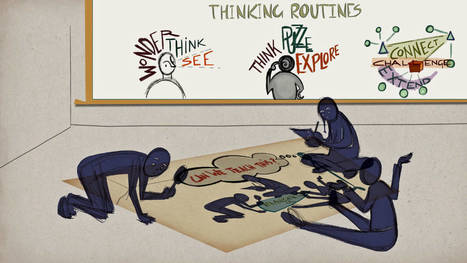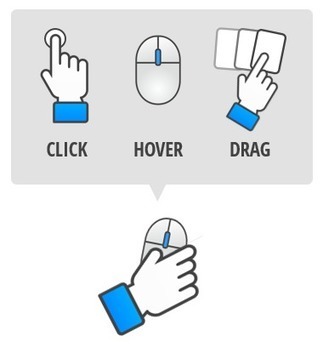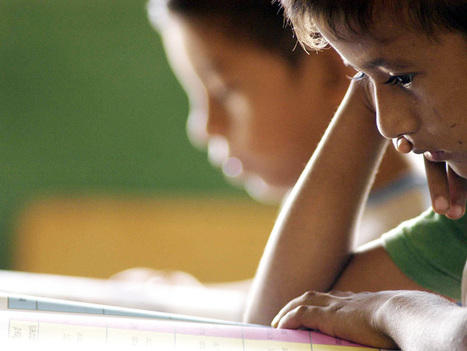Becker of NMC says just as the role of the teacher is switching from “sage on the stage” to one of a coach or guide, there is a shift from rote to active learning. To foster skills of teamwork and collaboration, online education is incorporating group projects and hands-on labs to help students think more critically and retain the content.

|
Scooped by Elizabeth E Charles |
Ttoo2's curator insight,
November 30, 2016 11:59 AM
Inquiry Based Learning, Project Based Learning = Kids taking ownership of their own learning. Isn't that how it should be??

Kirschty Birt's curator insight,
May 31, 2017 3:02 AM
Learning by doing is the new black.
Hannah Wilson's curator insight,
May 20, 2021 8:35 PM
I enjoyed reading this insight shared by my lecturer Kirschty!
Sign up to comment



 Your new post is loading...
Your new post is loading...















